DM-66 - Spatial Indexing
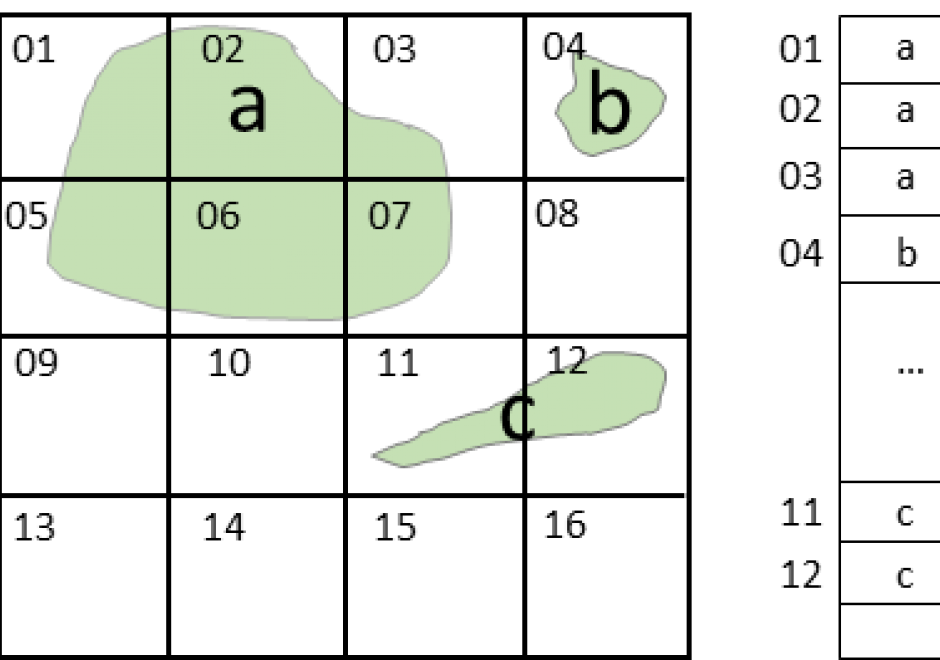
A spatial index is a data structure that allows for accessing a spatial object efficiently. It is a common technique used by spatial databases. Without indexing, any search for a feature would require a "sequential scan" of every record in the database, resulting in much longer processing time. In a spatial index construction process, the minimum bounding rectangle serves as an object approximation. Various types of spatial indices across commercial and open-source databases yield measurable performance differences. Spatial indexing techniques are playing a central role in time-critical applications and the manipulation of spatial big data.

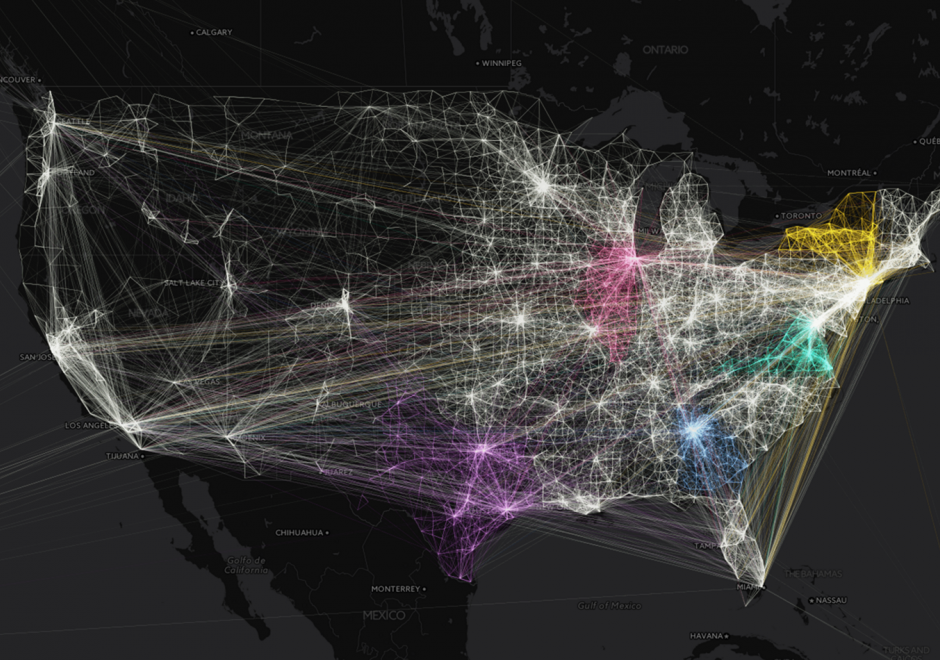
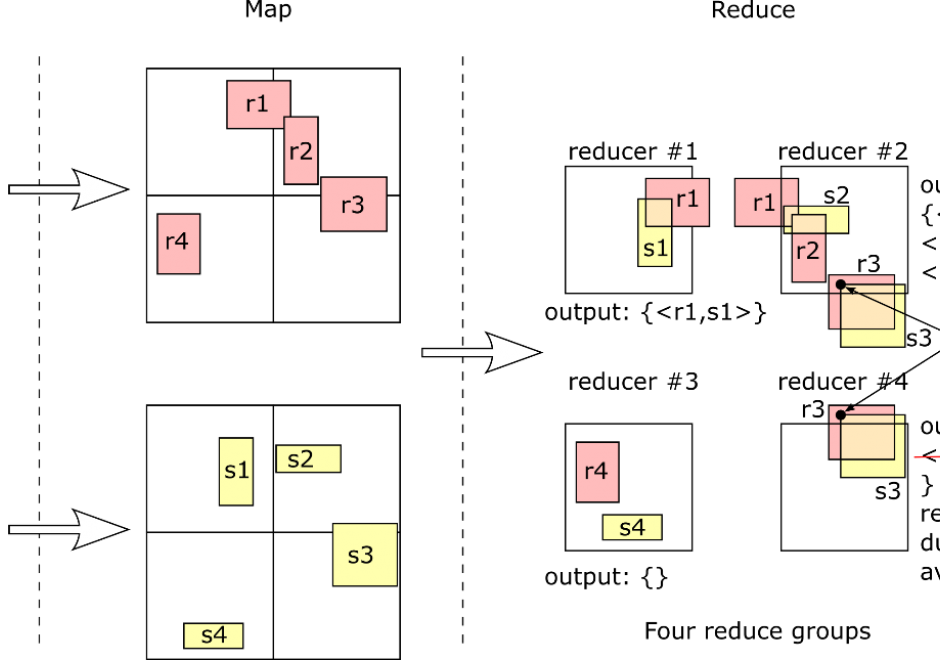

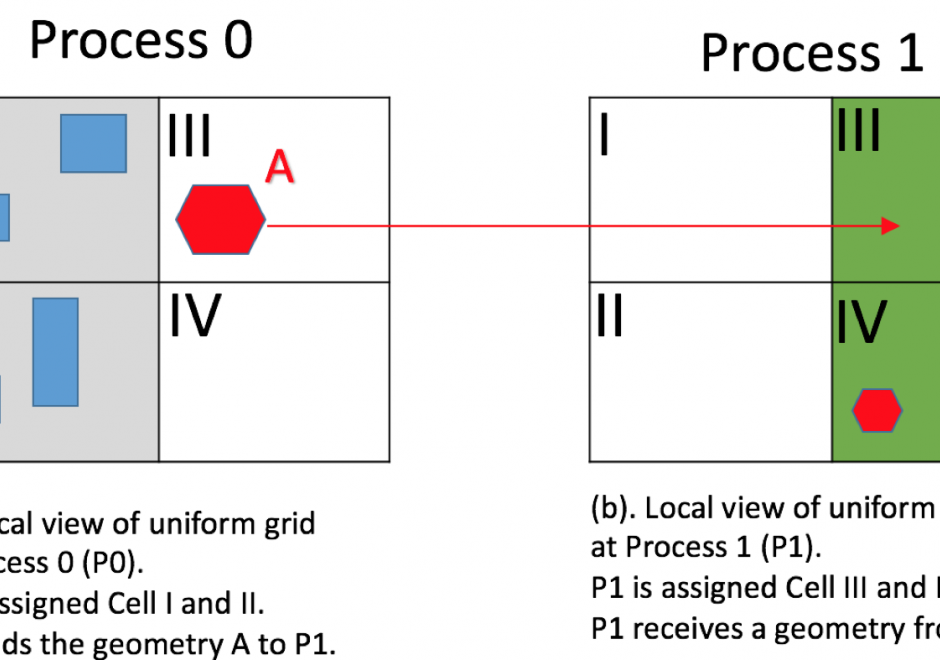
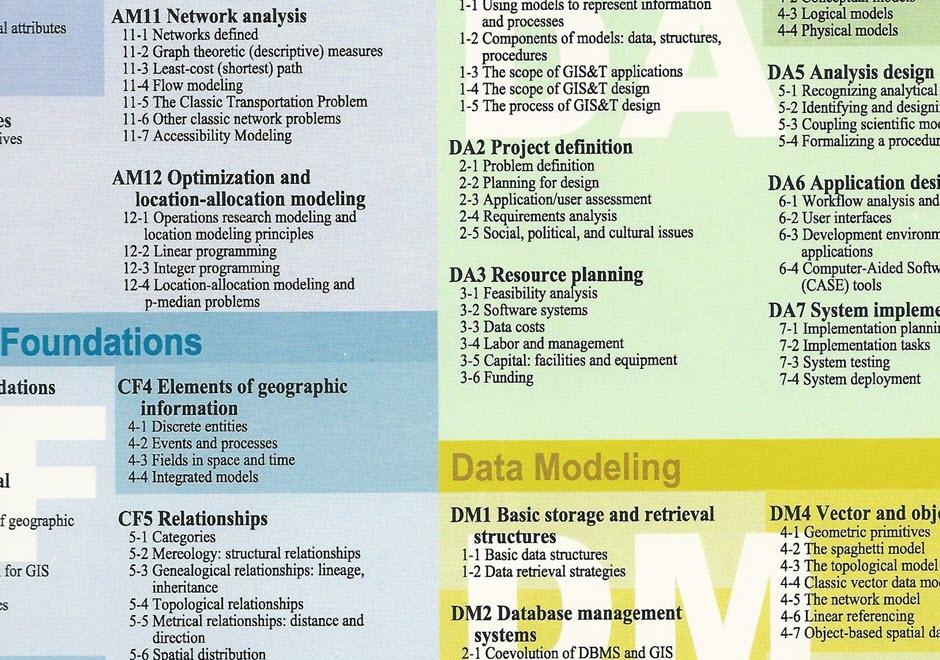
AM-33 - Spatial filtering